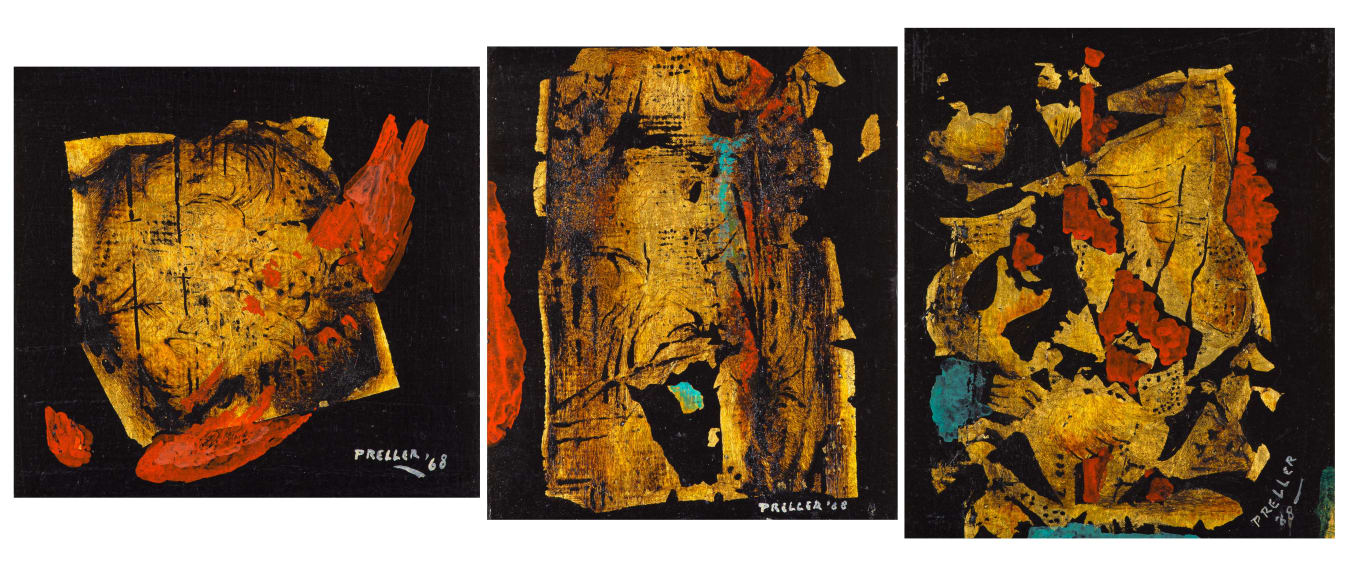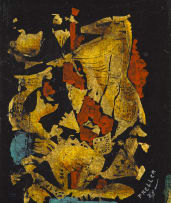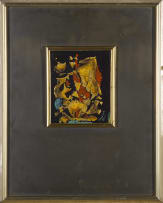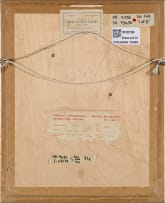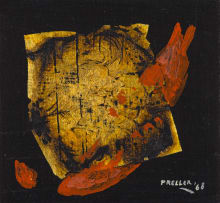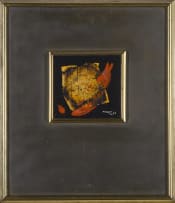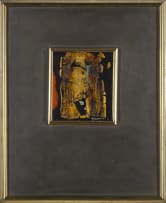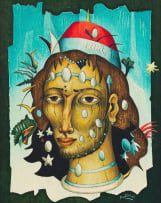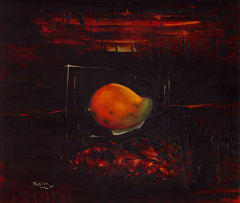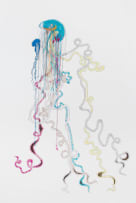Evening Sale: Modern and Contemporary Art
Live Virtual Auction, 19 September 2023
Modern and Contemporary Art
About this Item
each signed and dated '68; inscribed with the artist's name and the title on a Pretoria Art Museum label adhered to the reverse
Notes
Alexis Preller owned a much-loved volume of the epic tales of Greek mythology from childhood, and his work references these exciting narratives throughout his life. This series of three small jewel-like works is named after Homer's ancient Greek epic poem, The Iliad, which tells of the adventures of the kings, warriors, gods, and heroes of the Trojan War. The city of Troy, under King Priam, is besieged by the Greek army commanded by Agamemnon, and the epic poem is a chaotic melee of pitched battles, bloodshed, bravery, plague, treachery, betrayal, fickle gods, feats of heroism on the part of the famed Greek warrior Achilles and the valiant Hector, Prince of Troy, and perfidy on the part of weak Paris, Hector's brother. Preller's panels are all but abstract - there is a fragment of a war horse in the right-hand panel and the suggestion of a swishing tale and rump of a horse in the left. But this perhaps conveys the sense of the conflict better than more representational means, which might show little more than a single event, a moment frozen in time. Instead, the accent colours that Preller uses - his favourite turquoise, perhaps standing here for both the ocean and the realm of the gods (for paradise in near-Eastern belief systems), and his much-used coral red, perhaps referencing the burning Greek ships set alight by the Trojans, the watchfires of the Greek soldiers' encampments on the plain outside the city walls, and the blood and gore of the seemingly interminable battles and gruesome deaths - evoke more completely the heat, dust, sweat, and noise that the epic poem narrates.
Exhibited
Pretoria Art Museum, Pretoria, Alexis Preller Retrospective, 24 October to 26 November 1972, illustrated and listed in the exhibition catalogue as cat. no. 141 a, b and c.
